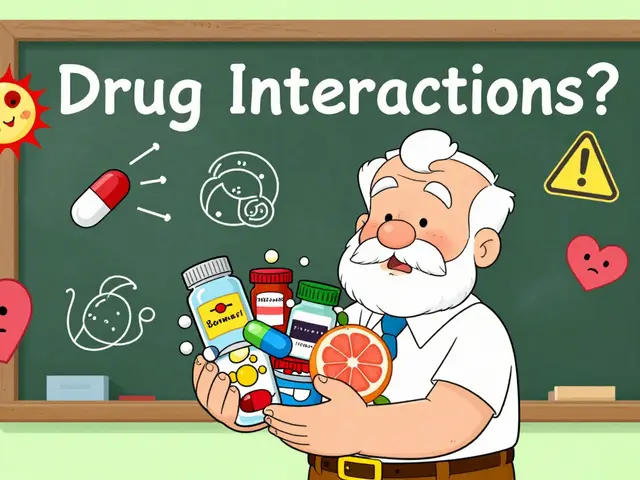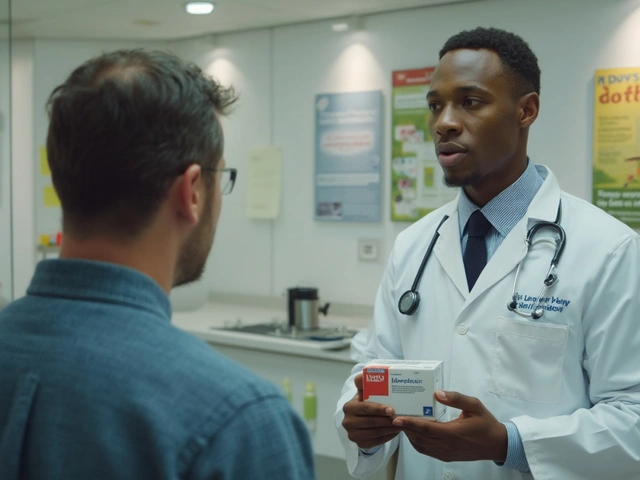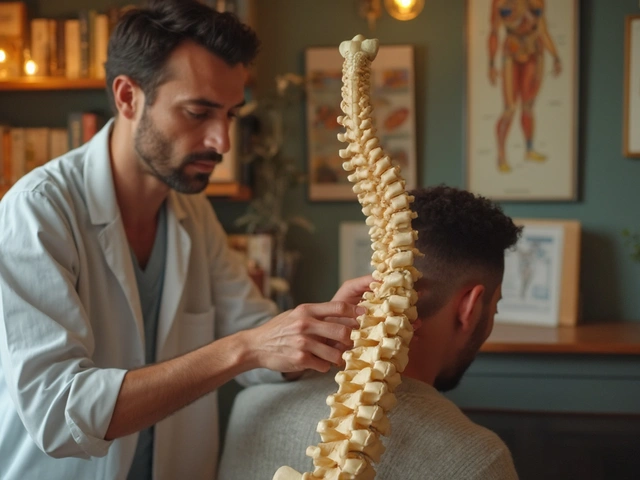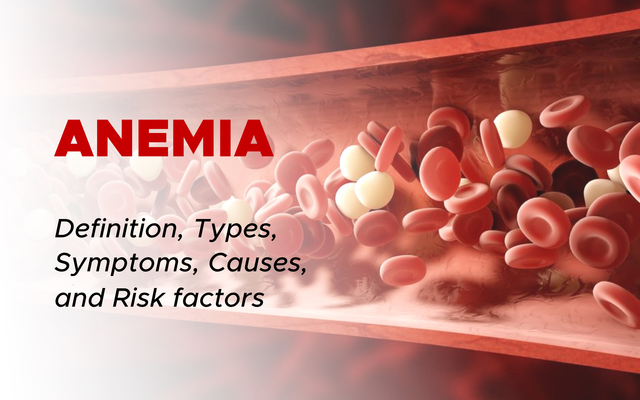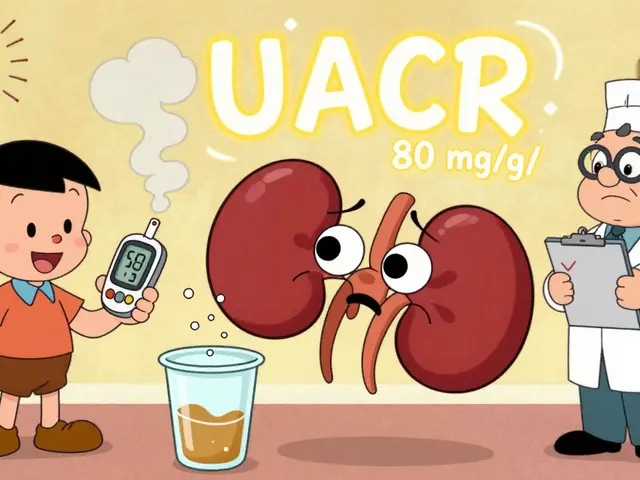Rhabdomyosarcoma — What You Need to Know
Rhabdomyosarcoma (RMS) is a cancer that starts in skeletal muscle or cells that look like muscle. It mostly affects children and teens but can appear at any age. The most common spots are the head and neck, the bladder or reproductive organs, and the arms or legs. Two main subtypes matter: embryonal RMS, which often responds better to treatment, and alveolar RMS, which can be more aggressive.
Symptoms and diagnosis
Symptoms depend on where the tumor grows. A lump or swelling that doesn’t go away is common. Tumors near the eye can cause drooping lids or vision changes. In the pelvis or bladder, blood in the urine or urinary problems may occur. If the tumor presses on nerves or the spine, you might feel pain or numbness. Symptoms can develop quickly over weeks.
Doctors use imaging first: ultrasound, CT, and MRI show tumor size and spread. A biopsy is required to confirm the diagnosis and subtype. Pathologists may run molecular tests to find gene changes that affect treatment. Staging looks at tumor size, spread to lymph nodes or distant organs, and completeness of surgical removal. Accurate staging is crucial because it guides therapy choices.
Treatment and follow-up
Treatment usually combines surgery, chemotherapy, and radiation. Small tumors that can be removed may be operated on first. Chemotherapy is a core part of treatment to kill microscopic disease and shrink tumors before or after surgery. Radiation is used when surgery can’t fully remove the tumor or to treat residual disease. The exact plan depends on subtype, stage, tumor location, and the patient’s age. Treatment teams usually include pediatric oncologists, surgeons, radiation oncologists, and supportive care specialists.
Survival varies widely. Localized embryonal RMS treated at specialist centers often has good outcomes, while metastatic or alveolar disease is harder to cure. Long-term follow-up is essential to monitor for relapse and late effects of therapy like growth problems or organ damage. Survivorship care plans help manage these risks and schedule appropriate screening.
Get care at a center experienced in sarcomas or pediatric cancers. Ask about molecular testing and clinical trials; some trials offer newer targeted or immune therapies. Keep a treatment diary with dates, meds, and side effects. For school-aged kids, discuss education plans and emotional support early. Reach out to patient groups for practical help and to connect with families who have been through similar care.
Questions to ask your care team: What is the subtype and stage? What are treatment goals and side effects? Are there clinical trials suitable for my child? How will treatment affect growth, fertility, and school? Who coordinates survivorship care? Also ask for written summaries and contact details for emergencies. Reliable resources include national cancer institutes, pediatric oncology foundations, and local support groups. You deserve clear answers and a care team that listens. Bring a family member to help take notes, too.
If you notice rapid changes, new pain, fevers, or breathing problems, contact your oncology team or go to emergency care immediately.

